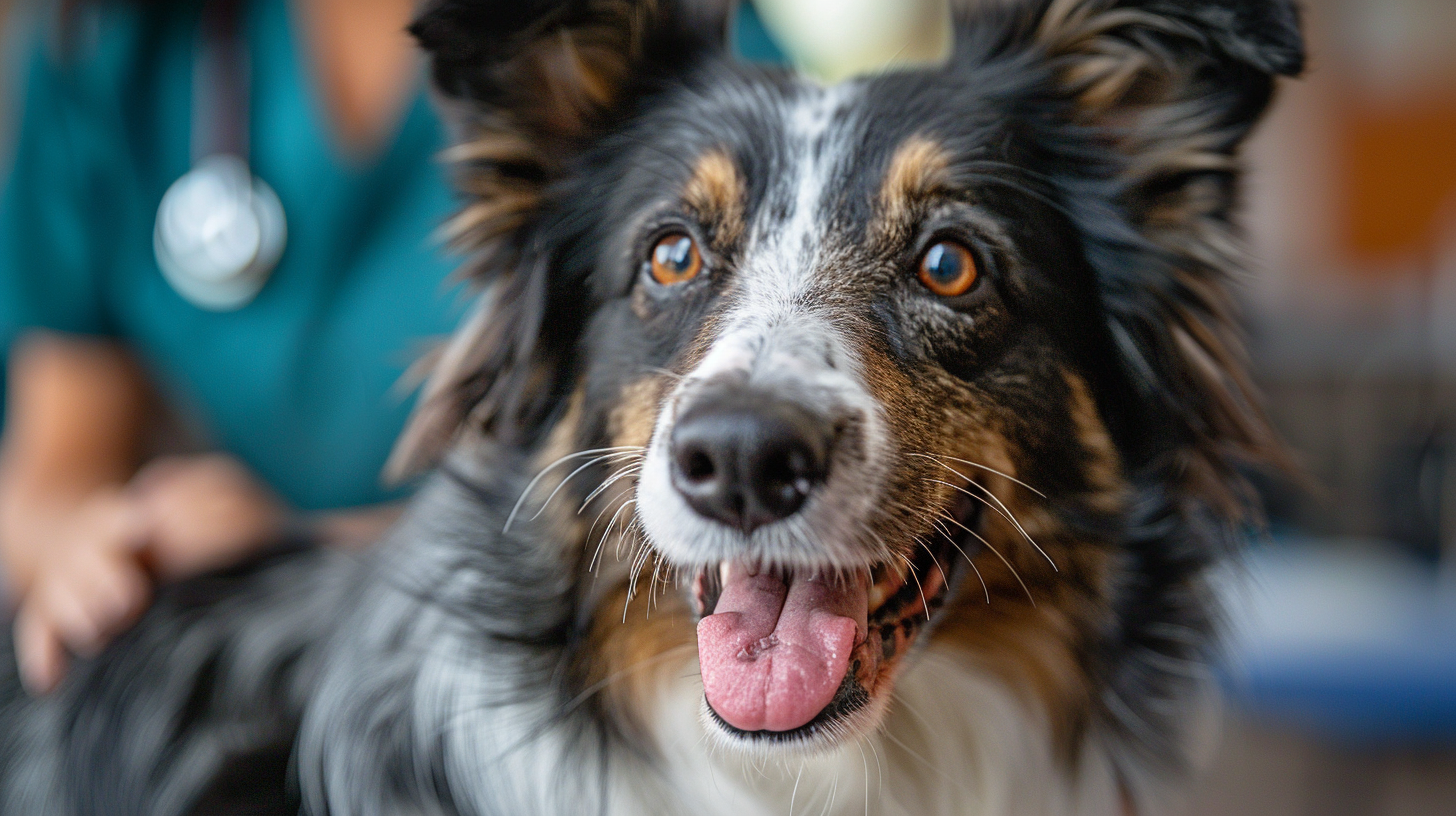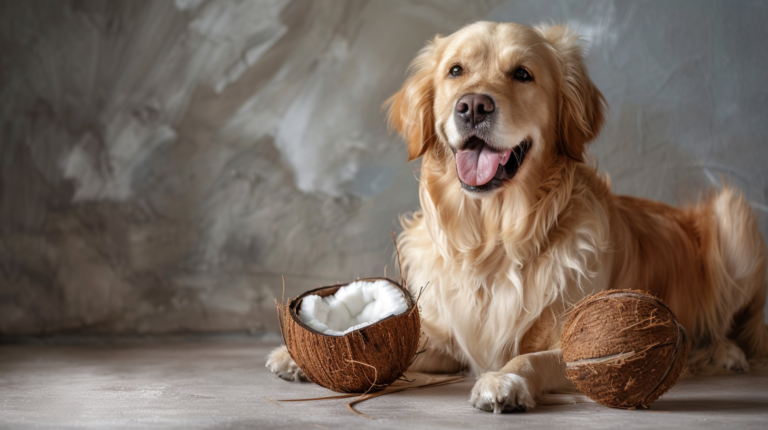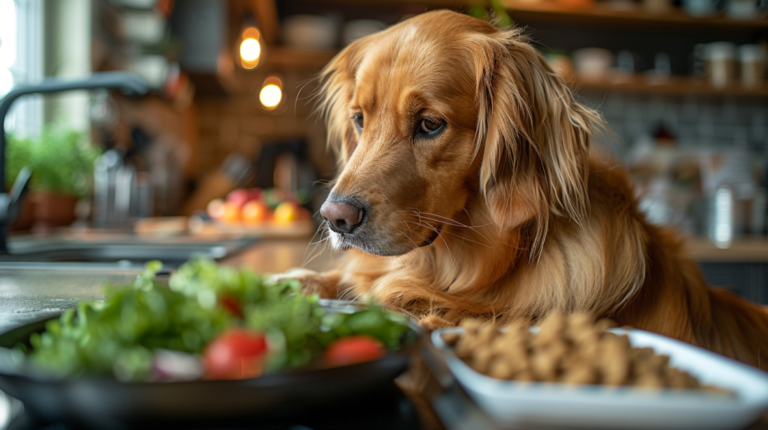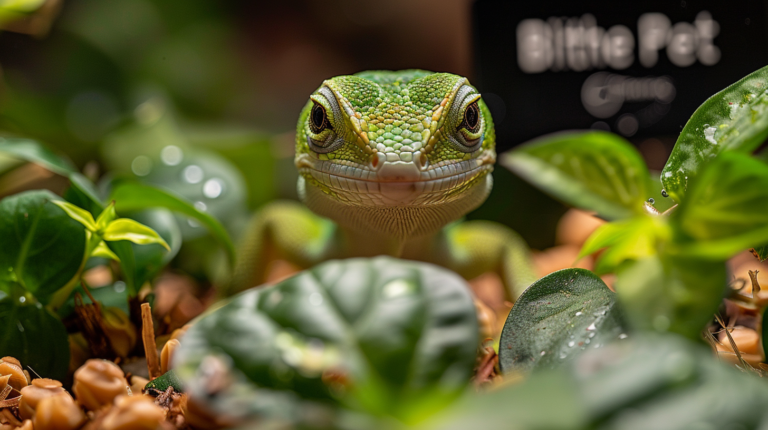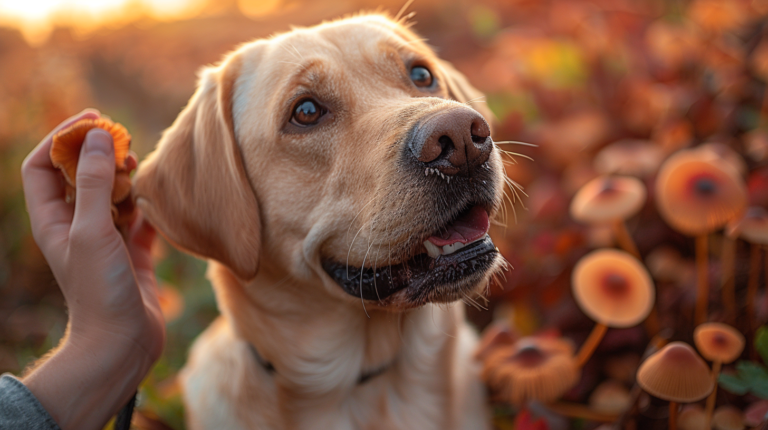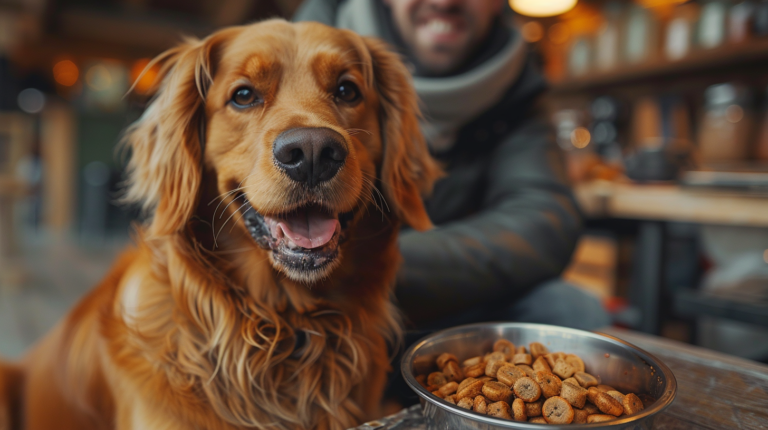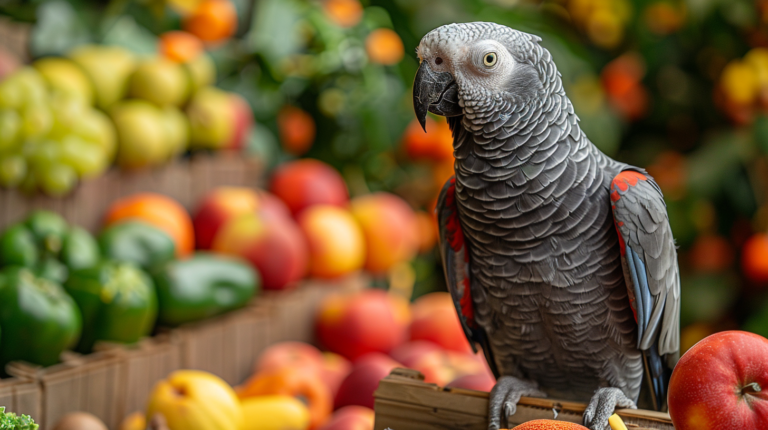Can dogs eat raw chicken safely? Discover 6 deadly bacteria that could harm your pet, safe feeding practices, and expert veterinary advice for responsible dog nutrition.
Table of Contents
The question “can dogs eat raw chicken” has sparked heated debates among pet owners, veterinarians, and canine nutritionists for decades. While some advocate for raw feeding as a natural approach to canine nutrition, others warn of serious health risks that could endanger your beloved companion. Understanding the science behind raw chicken consumption in dogs is crucial for making informed decisions about your pet’s diet and safety.
Raw chicken feeding has gained popularity through movements like BARF (Biologically Appropriate Raw Food) and prey model diets, with proponents arguing that dogs’ digestive systems are naturally equipped to handle raw meat. However, modern food safety standards and veterinary research reveal concerning bacterial contamination risks that every responsible dog owner should understand before considering raw chicken as part of their pet’s meal plan.
This comprehensive guide examines the complex relationship between dogs and raw chicken consumption, exploring the six most dangerous bacteria that pose serious health threats, safe handling practices, and evidence-based alternatives that can satisfy your dog’s nutritional needs without compromising their wellbeing.
Understanding Raw Chicken and Canine Digestion
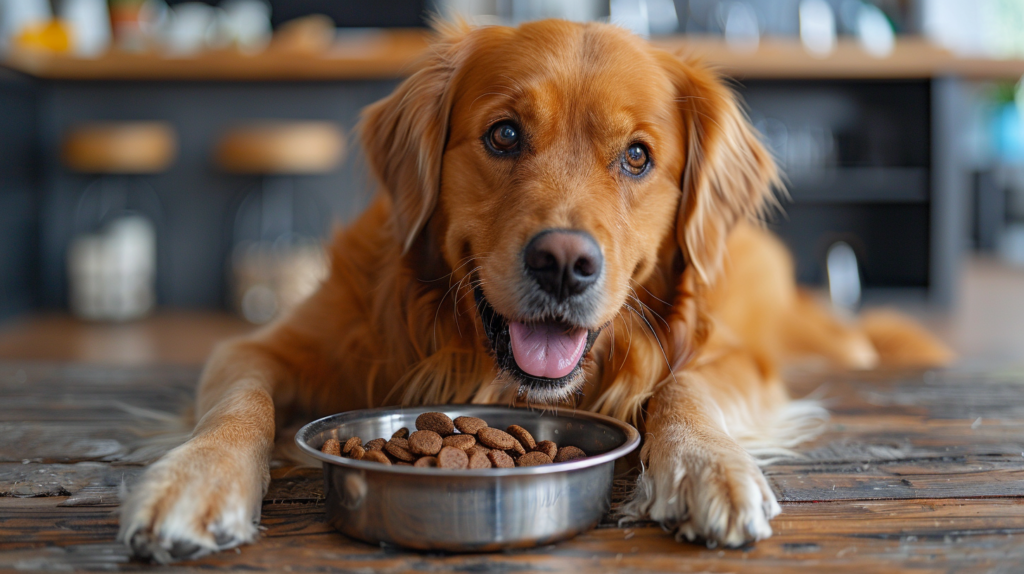
How Dogs Process Raw Meat
Dogs possess certain physiological characteristics that differ from humans when processing raw meat. Their stomachs produce more acidic gastric juices (pH 1-2 compared to humans’ pH 1.5-3.5), which can help neutralize some harmful bacteria. Additionally, dogs have shorter digestive tracts, potentially reducing the time bacteria have to multiply and cause infection.
However, these natural defenses don’t guarantee complete protection against all bacterial pathogens found in raw chicken. Modern commercial poultry often carries bacterial loads that exceed what wild prey would typically contain, creating unprecedented challenges for even the most robust canine digestive systems.
The Raw Feeding Movement
The raw feeding movement gained momentum from the belief that dogs should eat foods similar to their wild ancestors. Advocates argue that cooking destroys essential nutrients and that raw diets improve coat condition, dental health, and overall vitality. While some dogs may thrive on carefully managed raw diets, the question remains whether the benefits outweigh the significant risks associated with bacterial contamination.
Research from the American Veterinary Medical Association (AVMA) indicates that commercial raw pet foods have higher bacterial contamination rates than conventional pet foods, with studies finding pathogenic bacteria in 25-75% of tested raw pet food samples.
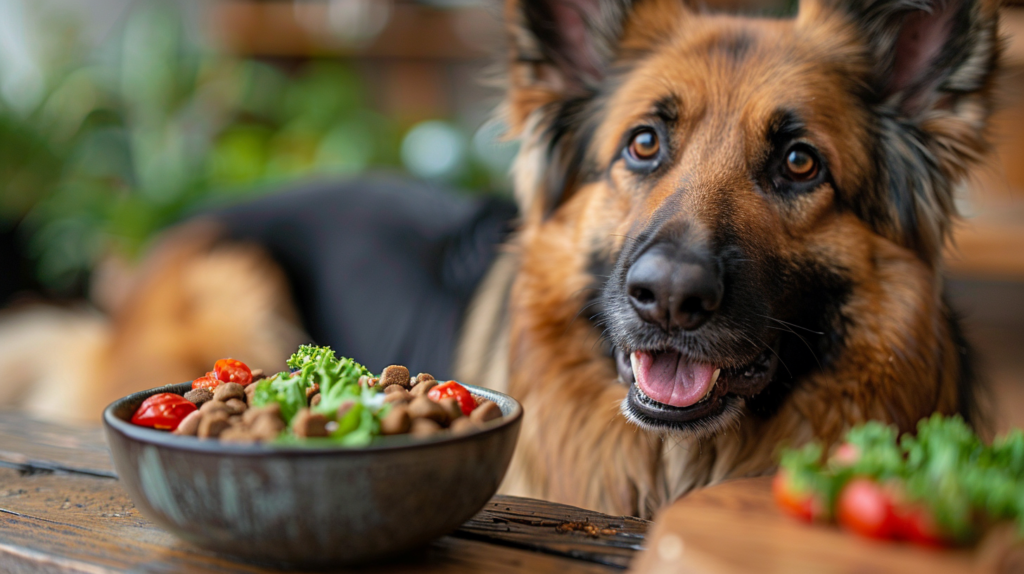
The 6 Deadly Bacteria Lurking in Raw Chicken
1. Salmonella: The Silent Killer
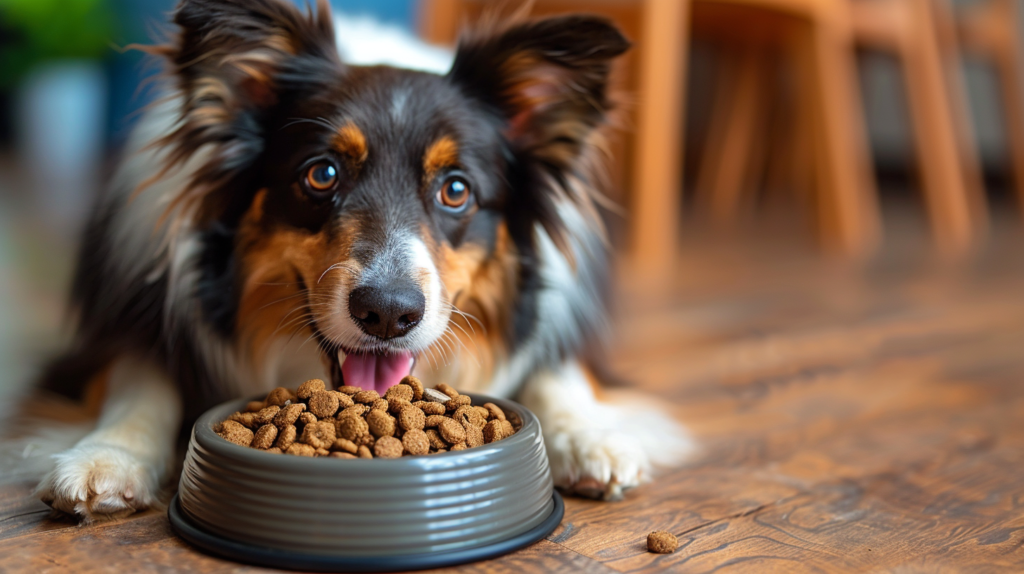
Salmonella represents one of the most dangerous bacterial threats in raw chicken. This gram-negative bacterium can survive in dogs’ digestive systems and cause severe gastroenteritis, leading to:
- Severe diarrhea (often bloody)
- Persistent vomiting
- High fever and lethargy
- Dehydration requiring emergency veterinary care
Studies show that 15-20% of raw chicken samples contain Salmonella, with some strains developing antibiotic resistance. The bacteria can shed in infected dogs’ feces for weeks, creating ongoing contamination risks for households with children, elderly individuals, or immunocompromised family members.
Case Study: A 2019 veterinary report documented a Golden Retriever that developed severe salmonellosis after consuming raw chicken wings. The dog required three days of intensive hospitalization, IV fluid therapy, and broad-spectrum antibiotics, with total treatment costs exceeding $2,800.
2. Campylobacter: The Persistent Pathogen
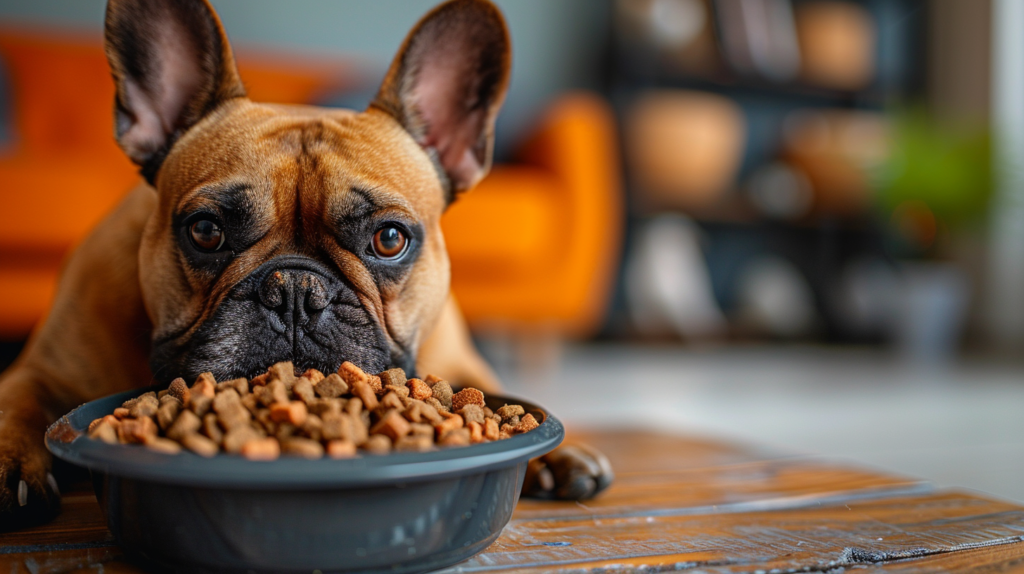
Campylobacter jejuni and C. coli frequently contaminate poultry, with prevalence rates reaching 80-90% in some commercial chicken facilities. This bacteria causes campylobacteriosis, characterized by:
- Acute diarrheal illness
- Abdominal cramping and pain
- Fever and malaise
- Potential for chronic complications
Unlike Salmonella, Campylobacter typically doesn’t survive well outside the host, but its high prevalence in poultry makes it a significant concern for dogs consuming raw chicken regularly.
3. Clostridium perfringens: The Spore Former
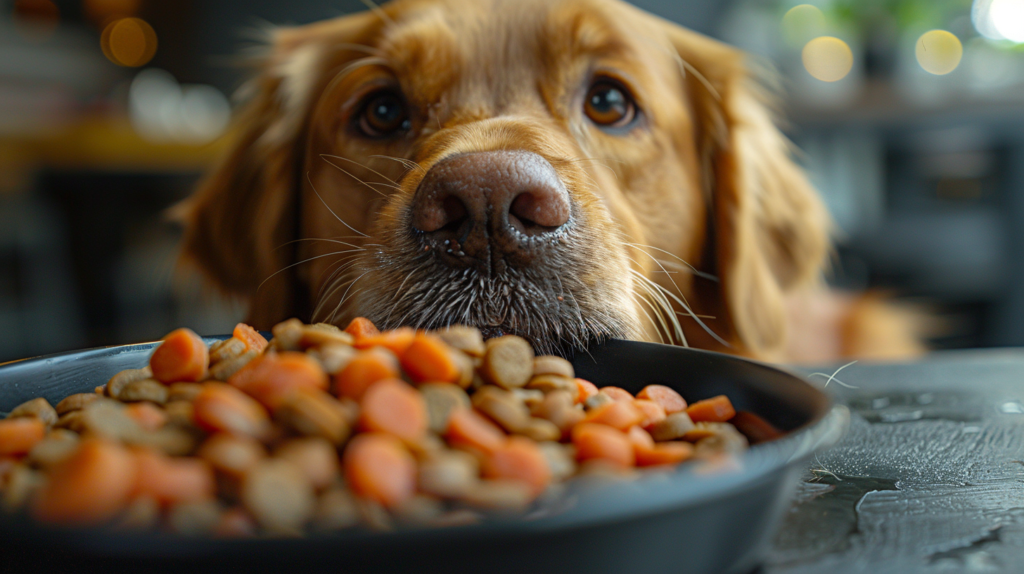
This anaerobic bacterium forms resilient spores that can survive cooking temperatures and environmental stresses. C. perfringens causes:
- Sudden onset diarrhea
- Abdominal discomfort
- Gas and bloating
- Potential for hemorrhagic enteritis
The spore-forming capability makes C. perfringens particularly challenging to eliminate through standard food safety measures, making raw chicken consumption especially risky for sensitive dogs.
4. Listeria monocytogenes: The Cold-Hardy Threat
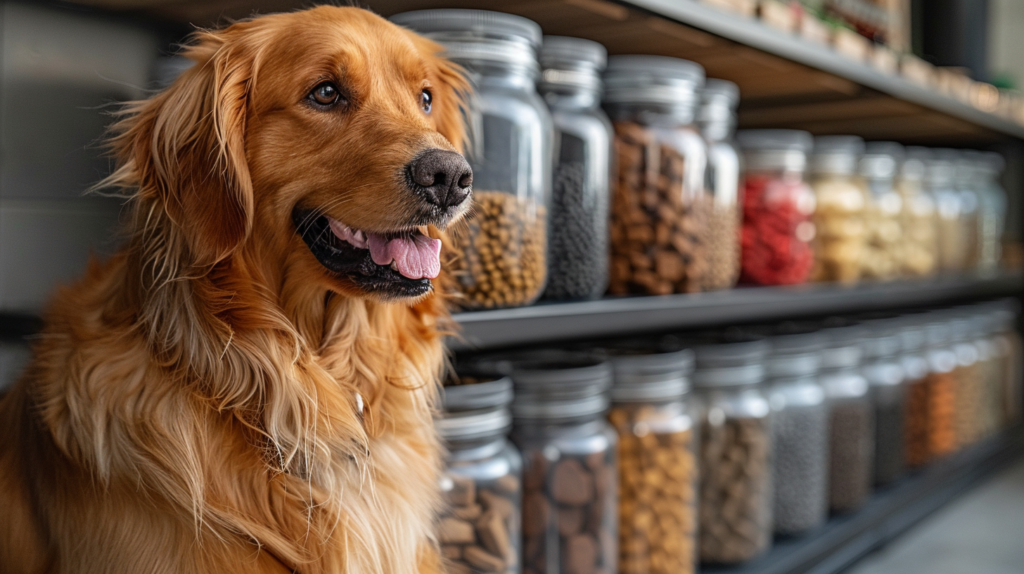
Listeria can multiply at refrigeration temperatures, making it impossible to control through cold storage alone. This bacterium poses particular risks to:
- Pregnant dogs (causing abortion or stillbirth)
- Senior dogs with compromised immune systems
- Puppies with developing immune systems
- Dogs with underlying health conditions
Listeriosis symptoms include fever, muscle weakness, lack of coordination, and in severe cases, central nervous system involvement leading to seizures or death.
5. Staphylococcus aureus: The Toxin Producer
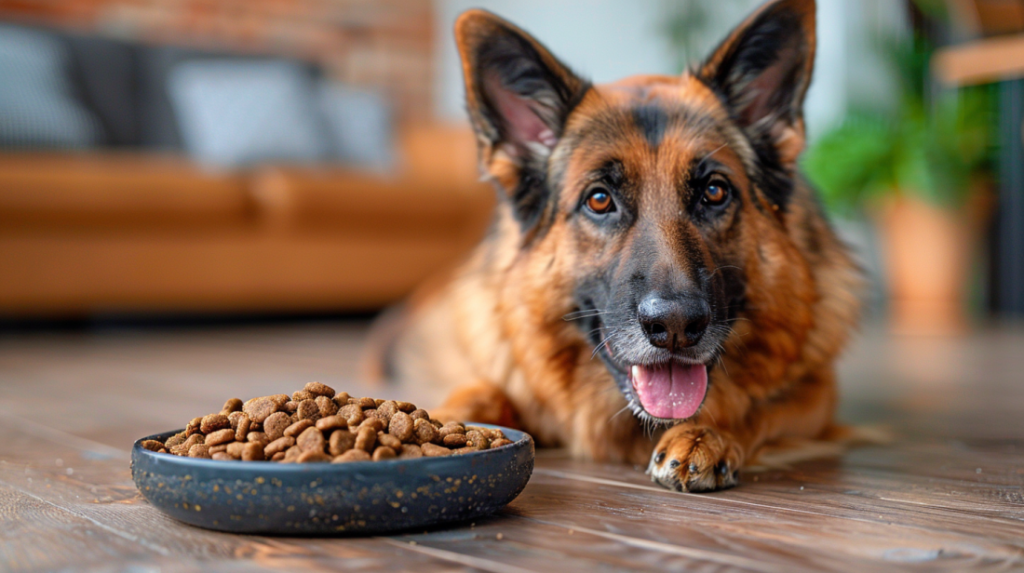
Some strains of Staphylococcus aureus produce heat-stable enterotoxins that remain dangerous even after cooking. These toxins cause:
- Rapid onset food poisoning (within 1-6 hours)
- Severe vomiting and nausea
- Diarrhea and abdominal cramps
- Potential for toxic shock in severe cases
Methicillin-resistant Staphylococcus aureus (MRSA) strains have been isolated from raw pet foods, creating additional treatment challenges when infections occur.
6. E. coli: The Opportunistic Invader
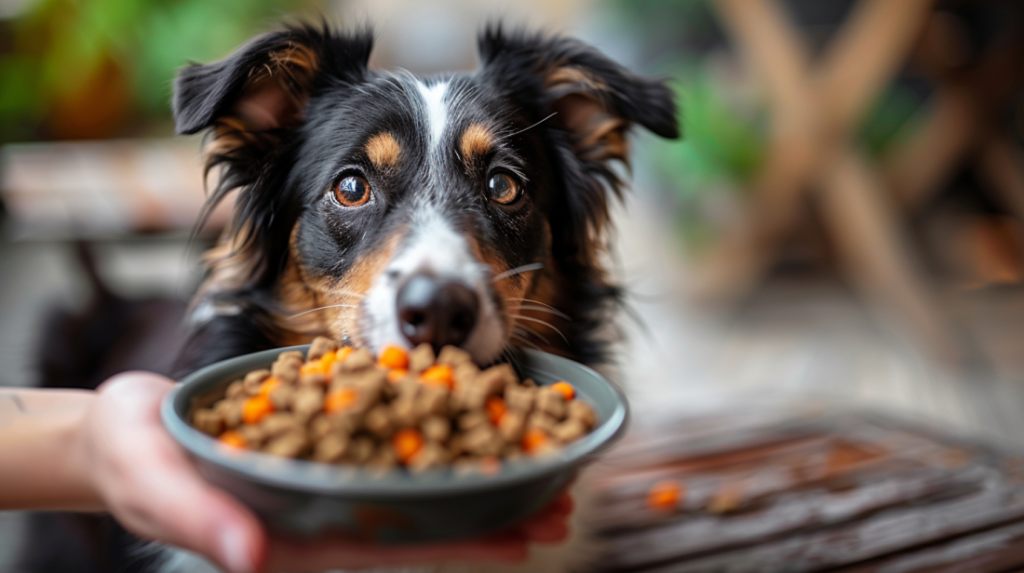
While most E. coli strains are harmless, pathogenic varieties like E. coli O157:H7 can cause severe illness. These bacteria produce Shiga toxins that can lead to:
- Bloody diarrhea
- Severe abdominal pain
- Potential kidney damage (hemolytic uremic syndrome)
- Life-threatening complications in vulnerable dogs
Statistical Alert: The FDA’s Center for Veterinary Medicine found that 25% of raw pet food samples tested positive for Salmonella, while 32% contained E. coli, demonstrating the widespread nature of bacterial contamination in raw pet foods.
Risk Factors That Increase Bacterial Infection Likelihood
Age-Related Vulnerabilities
Puppies Under 12 Months:
- Immature immune systems
- Developing gut microbiome
- Higher susceptibility to dehydration
- Increased risk of severe complications
Senior Dogs Over 7 Years:
- Declining immune function
- Potential underlying health conditions
- Slower recovery from infections
- Increased medication interactions
Health Status Considerations
Dogs with compromised health face elevated risks when consuming raw chicken:
- Immunocompromised conditions: Cancer, autoimmune diseases, or immunosuppressive medications
- Gastrointestinal disorders: IBD, food allergies, or chronic digestive issues
- Chronic diseases: Diabetes, kidney disease, or liver dysfunction
- Recent antibiotic use: Disrupted gut microbiome balance
Environmental and Handling Factors
The risk of bacterial infection increases significantly with:
- Poor storage practices: Inadequate refrigeration or frozen storage
- Cross-contamination: Shared preparation surfaces with human food
- Extended storage times: Raw chicken stored beyond recommended timeframes
- Temperature abuse: Allowing chicken to reach dangerous temperature zones
Safe Alternatives to Raw Chicken for Dogs
High-Quality Commercial Dog Foods
Modern commercial dog foods undergo rigorous safety testing and nutritional analysis to ensure complete and balanced nutrition. Premium brands offer:
- Protein-rich formulations: Using safely processed chicken as primary protein source
- Nutritional completeness: Meeting AAFCO standards for all life stages
- Quality control: Regular testing for bacterial contamination and nutritional content
- Convenience: No special handling or preparation requirements
Cooked Chicken Preparation Methods
If you want to provide chicken as part of your dog’s diet, cooking eliminates bacterial risks while retaining nutritional benefits:
Safe Cooking Guidelines:
- Internal temperature must reach 165°F (74°C)
- Remove skin, bones, and excess fat
- Avoid seasonings, onions, garlic, or other harmful additives
- Cool properly before serving
Recommended Cooking Methods:
- Baking in the oven
- Boiling in plain water
- Steaming without additives
- Grilling without charring
Freeze-Dried and Dehydrated Options
These processing methods eliminate bacterial threats while preserving much of the raw food appeal:
- Freeze-dried raw: Maintains nutritional profile with extended shelf life
- Dehydrated chicken: Concentrated nutrition with reduced bacterial risk
- Air-dried treats: Safe alternative for dogs who enjoy chicken flavors
Commercial Raw Alternatives
Several companies produce HPP (High-Pressure Pasteurized) raw foods that eliminate harmful bacteria while maintaining the raw food texture and nutritional profile that raw feeding advocates seek.
Expert Veterinary Perspectives on Raw Chicken Feeding
Professional Veterinary Organizations’ Positions
American Veterinary Medical Association (AVMA): The AVMA discourages the feeding to cats and dogs of any animal-source protein that has not first been subjected to a process to eliminate pathogens because of the risk of illness to cats and dogs as well as humans.
American Animal Hospital Association (AAAHA): Takes a similar stance, emphasizing the public health risks associated with raw feeding practices.
Individual Veterinary Experiences
Dr. Sarah Mitchell, DVM, with over 15 years of small animal practice experience, shares: “In my practice, I’ve treated numerous cases of bacterial gastroenteritis directly linked to raw feeding. The severity of illness and treatment costs often surprise owners who believed they were providing optimal nutrition.”
Dr. Michael Thompson, a veterinary nutritionist, notes: “While some dogs may handle raw diets without obvious problems, the bacterial contamination risks are real and potentially life-threatening. The benefits claimed by raw feeding advocates can be achieved through safer, cooked alternatives.”
Research-Based Evidence
A 2023 systematic review published in the Journal of Veterinary Internal Medicine examined 27 studies on raw pet food safety. Key findings included:
- 23% of raw pet food samples contained Salmonella
- 30% contained E. coli
- 12% contained Listeria monocytogenes
- Bacterial shedding in pets’ feces increased household contamination risks
Signs of Bacterial Infection in Dogs
Immediate Symptoms (Within 6-24 Hours)
Early recognition of bacterial infection symptoms can be life-saving:
Gastrointestinal Signs:
- Sudden onset diarrhea (may be bloody or mucus-covered)
- Persistent vomiting
- Loss of appetite
- Excessive drooling
- Abdominal pain or sensitivity
Systemic Signs:
- Lethargy and weakness
- Fever (normal dog temperature: 101-102.5°F)
- Dehydration (check by pinching skin on back of neck)
- Rapid breathing or panting
Progressive Symptoms (24-72 Hours)
If untreated, bacterial infections can progress to more severe manifestations:
- Severe dehydration requiring IV fluid therapy
- Bloody diarrhea indicating intestinal damage
- High fever and sepsis signs
- Collapse or inability to stand
- Seizures (in cases of severe toxicity)
When to Seek Emergency Veterinary Care
Immediate veterinary attention required:
- Blood in vomit or diarrhea
- Signs of severe dehydration
- Temperature above 103°F or below 99°F
- Weakness or inability to stand
- Persistent vomiting preventing water retention
Urgent care needed within 12-24 hours:
- Diarrhea lasting more than 24 hours
- Decreased appetite for more than 48 hours
- Lethargy or behavior changes
- Multiple episodes of vomiting
Safe Handling Practices If You Choose Raw Feeding
Kitchen Safety Protocols
If you decide to feed raw chicken despite the risks, implementing strict safety measures is essential:
Preparation Area Setup:
- Designate separate cutting boards for raw chicken
- Use stainless steel or glass surfaces that can be thoroughly sanitized
- Maintain separate storage containers for raw pet food
- Establish dedicated preparation tools
Hygiene Measures:
- Wash hands thoroughly before and after handling
- Use gloves during preparation
- Sanitize all surfaces with bleach solution (1:10 ratio)
- Wash clothing immediately after preparation
Storage and Temperature Control
Refrigeration Guidelines:
- Store raw chicken at 32-38°F
- Use within 24-48 hours of thawing
- Never refreeze previously frozen chicken
- Maintain cold chain integrity during transport
Freezer Storage:
- Freeze at 0°F or below
- Use within 2-3 months for optimal quality
- Thaw safely in refrigerator (never at room temperature)
- Portion into single-serving sizes before freezing
Serving and Cleanup Protocols
Safe Serving Practices:
- Serve immediately after preparation
- Remove uneaten portions within 20 minutes
- Never leave raw chicken at room temperature
- Use ceramic or stainless steel bowls (easier to sanitize)
Post-Feeding Cleanup:
- Wash food bowls in hot, soapy water
- Sanitize feeding area with appropriate disinfectant
- Dispose of waste in sealed containers
- Monitor dogs for 24-48 hours after feeding
The Human Health Connection
Zoonotic Disease Transmission
The bacteria found in raw chicken don’t just threaten your dog’s health – they pose serious risks to human family members through:
Direct Transmission Routes:
- Contact with contaminated dog saliva or feces
- Handling contaminated food bowls or preparation surfaces
- Inadequate hand hygiene after pet contact
- Aerosolization during food preparation
Vulnerable Populations at Highest Risk:
- Children under 5 years old
- Adults over 65 years old
- Pregnant women
- Immunocompromised individuals
- People with chronic diseases
Documented Cases of Human Illness
The CDC has documented numerous cases of human illness linked to raw pet food handling:
- A 2019 outbreak of Salmonella linked to raw dog food affected 134 people across 33 states
- Multiple cases of Campylobacter infections in families feeding raw diets to pets
- Several instances of antibiotic-resistant bacterial infections traced to raw pet food
Preventive Measures for Households:
- Strict hand hygiene protocols
- Separate preparation and storage areas
- Regular environmental cleaning and disinfection
- Consider alternatives if vulnerable family members present
Nutritional Alternatives That Satisfy Raw Feeding Goals
High-Protein Cooked Options
Many dogs thrive on high-protein diets that don’t require raw feeding:
Safely Prepared Protein Sources:
- Cooked chicken breast (boneless, skinless)
- Lean beef or turkey
- Fish (cooked, deboned)
- Eggs (cooked thoroughly)
Preparation Methods:
- Baking at 350°F until internal temperature reaches 165°F
- Boiling in plain water
- Steaming without seasonings
- Slow cooking on low heat
Commercial Raw-Style Foods
Several companies produce foods that mimic raw diets while eliminating bacterial risks:
Freeze-Dried Raw Foods:
- Maintain nutritional integrity
- Extended shelf life
- Convenient preparation
- Reduced bacterial contamination risk
High-Pressure Pasteurized (HPP) Foods:
- Eliminate harmful bacteria while preserving nutrients
- Maintain raw texture and appearance
- Meet safety standards for commercial distribution
Supplement-Enhanced Cooked Diets
Working with a veterinary nutritionist, you can create cooked diets that provide the nutritional benefits raw feeding advocates seek:
- Digestive enzymes: Support optimal nutrient absorption
- Probiotics: Maintain healthy gut microbiome
- Omega-3 fatty acids: Support coat and skin health
- Joint support supplements: Maintain mobility and comfort
Making the Right Decision for Your Dog
Individual Risk Assessment
Consider these factors when evaluating raw chicken feeding for your dog:
Low-Risk Candidates:
- Healthy adult dogs (1-7 years old)
- Strong immune systems
- No underlying health conditions
- Experienced raw feeding households
High-Risk Candidates:
- Puppies or senior dogs
- Immunocompromised animals
- Dogs with chronic health conditions
- Households with vulnerable human members
Consulting with Veterinary Professionals
Before making dietary changes, especially those involving raw foods, consult with:
Your Primary Veterinarian:
- Assess your dog’s individual health status
- Discuss nutritional needs and goals
- Review potential risks and benefits
- Monitor for any adverse effects
Veterinary Nutritionists:
- Develop balanced diet plans
- Address specific nutritional requirements
- Provide ongoing dietary guidance
- Ensure nutritional completeness
Gradual Diet Transition Strategies
If you decide to incorporate any new foods into your dog’s diet, follow proper transition protocols:
Week 1: 75% current food, 25% new food Week 2: 50% current food, 50% new food Week 3: 25% current food, 75% new food Week 4: 100% new food
Monitor your dog closely during transitions for any signs of digestive upset or adverse reactions.
Frequently Asked Questions (FAQs)
Can dogs eat raw chicken safely without getting sick?
While some dogs may consume raw chicken without immediate illness, the bacterial contamination risks are significant and potentially life-threatening. Studies show that 25-75% of raw chicken samples contain harmful bacteria like Salmonella, E. coli, and Campylobacter. Even healthy adult dogs can develop severe gastroenteritis, and the bacteria can spread to human family members, creating additional health risks.
What should I do if my dog accidentally ate raw chicken?
If your dog consumed raw chicken accidentally, monitor them closely for 24-48 hours for symptoms including vomiting, diarrhea, lethargy, or loss of appetite. Contact your veterinarian immediately if you notice any signs of illness. Ensure proper hygiene by washing your hands thoroughly after contact with your dog and cleaning any areas where they may have vomited or defecated.
Are there safe ways to feed raw chicken to dogs?
While no method completely eliminates bacterial contamination risks, some practices can reduce dangers: using high-quality, fresh chicken from reputable sources, maintaining strict cold chain storage, following proper hygiene protocols, and serving immediately after preparation. However, veterinary professionals generally recommend safer alternatives like cooked chicken or commercially prepared raw foods that undergo pathogen elimination processes.
How can I tell if my dog has a bacterial infection from raw chicken?
Signs of bacterial infection include sudden onset diarrhea (often bloody), persistent vomiting, loss of appetite, lethargy, fever, and dehydration. Symptoms typically appear within 6-24 hours of consumption but can take up to 72 hours to manifest. Seek immediate veterinary care if you observe blood in vomit or stool, signs of severe dehydration, high fever, or inability to keep water down.
What are the best alternatives to raw chicken for dogs who need high-protein diets?
Excellent alternatives include properly cooked chicken (baked, boiled, or steamed), high-quality commercial dog foods with chicken as the primary protein, freeze-dried raw foods that eliminate bacterial risks, and high-pressure pasteurized raw foods. These options provide the protein benefits without the bacterial contamination dangers associated with raw chicken feeding.
Can puppies and senior dogs eat raw chicken?
Puppies and senior dogs face elevated risks from raw chicken consumption due to immature or compromised immune systems. Puppies under 12 months have developing digestive systems and higher susceptibility to dehydration, while senior dogs over 7 years may have declining immune function and underlying health conditions. Veterinarians strongly advise against raw feeding for these vulnerable populations.
For more expert pet care tips and product recommendations, visit BlithePet.com — your trusted source for pet wellness.
Conclusion
The question can dogs eat raw chicken doesn’t have a simple yes or no answer, but the scientific evidence clearly indicates significant risks that responsible pet owners must carefully consider. While dogs may possess some natural defenses against bacterial pathogens, the high contamination rates in commercial poultry and the severe health consequences of bacterial infections make raw chicken feeding a dangerous practice for most dogs.
The six deadly bacteria – Salmonella, Campylobacter, Clostridium perfringens, Listeria, Staphylococcus aureus, and E. coli – pose serious threats not only to your dog’s health but also to human family members through zoonotic transmission. The documented cases of severe illness, emergency veterinary treatment, and even death associated with raw feeding underscore the importance of prioritizing safety over perceived benefits.
Fortunately, numerous safe alternatives can provide the high-quality protein and nutrition that raw feeding advocates seek without exposing your beloved companion to unnecessary risks. From properly cooked chicken preparations to commercially available freeze-dried and high-pressure pasteurized options, modern pet nutrition offers solutions that satisfy both nutritional needs and safety requirements.
Making informed decisions about your dog’s diet requires careful consideration of individual risk factors, consultation with veterinary professionals, and commitment to evidence-based practices. While every dog is unique, the overwhelming scientific consensus supports safer feeding practices that protect both canine and human health.
Have a similar experience with your pet? Share it in the comments below!

